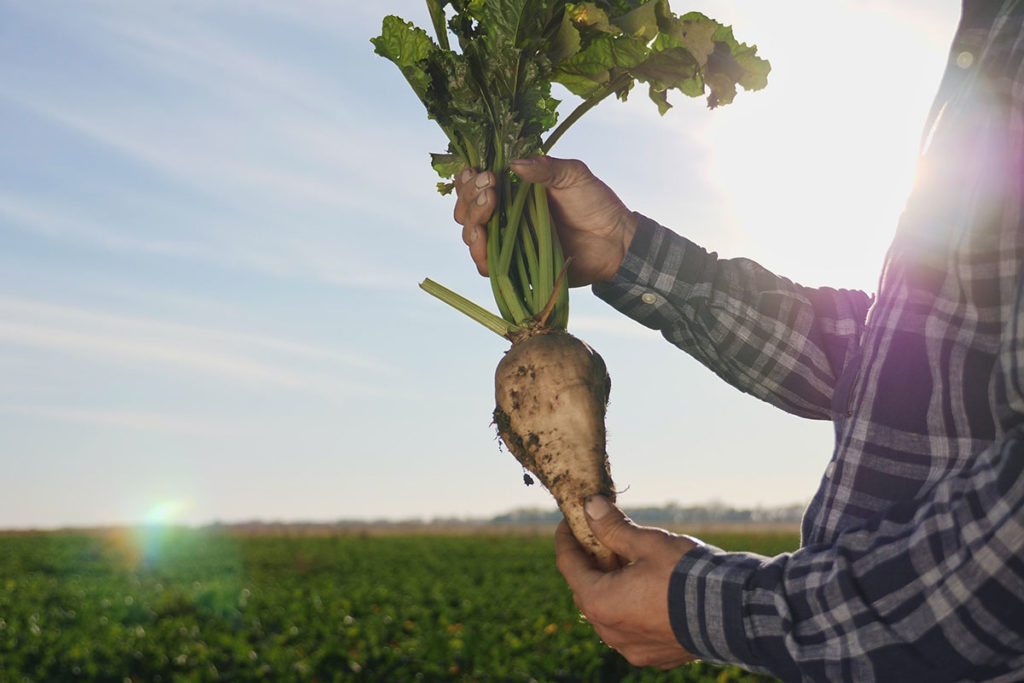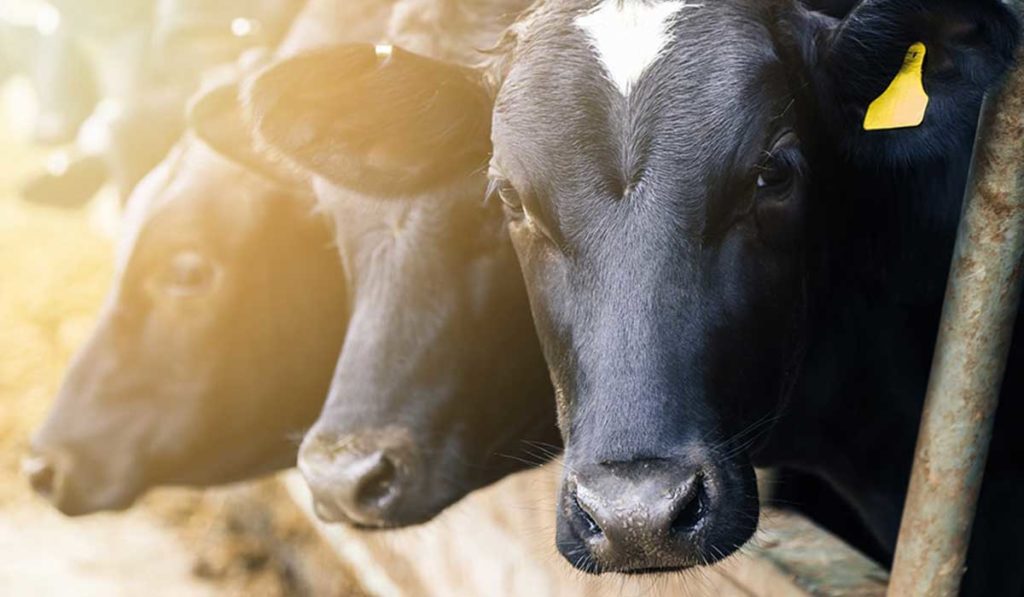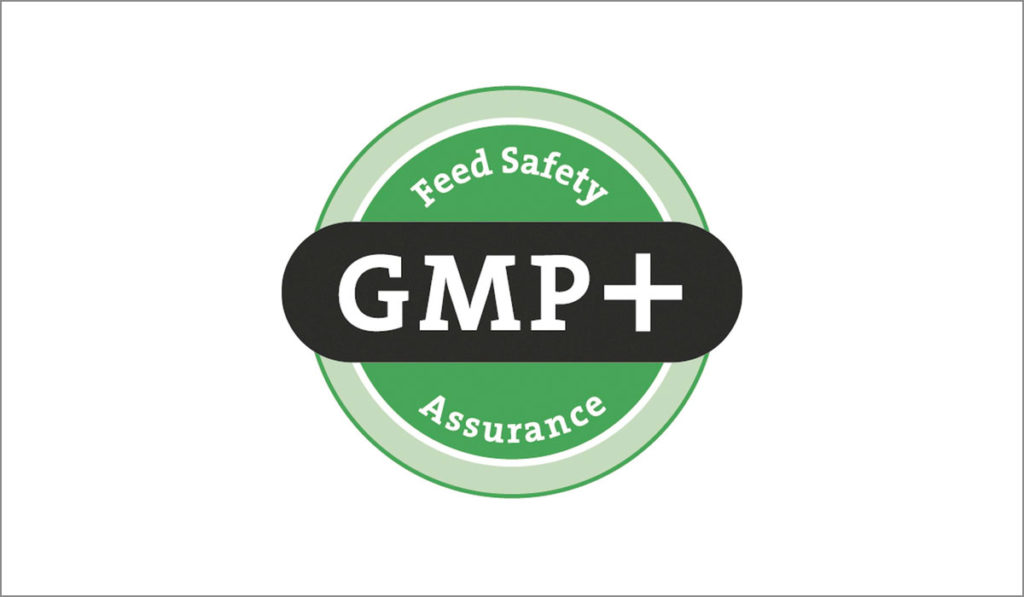Sugarbeet molasses and sugarbeet vinasse
Vinasse and feed molasses are by-products created in the production of sugar from sugarbeet. Their nutrient content makes them a valuable supplement to feed rations.
- Atco
- Products
- Liquid feed
- Sugarbeet vinasse

Feed molasses and vinasse: definition
Sugarbeet molasses is a sugary, dark-brown syrup with a liquorice-like flavour that is created as a by-product in the production of sugar from sugarbeet.Conversely, sugarbeet vinasse is a subsequent product created from the fermentation of beet molasses. Both sugar by-products are primarily used in agriculture as a direct feed or to enhance the nutrient content of high-energy concentrated feeds. While molasses is created by separating liquid sugar components from sugar crystals in sugarbeet, sugarbeet vinasse is produced through ethanol fermentation, thickening and the removal of sugar from molasses.
Molasses and vinasse from sugarbeet: applications
Sugarbeet molasses has many useful functions and is predominantly used for the following:
- Direct liquid feed in agriculture
- Binding agent for pelletising individual feeds
- Optimising fodder value and feed intake through the addition of molasses in feeds
- Raw fermentation material in yeast production and alcohol production
- Raw material in the production of antibiotics
- Spread or baking agent in the food industry
Sugarbeet vinasse is a by-product in the fermentation of beet molasses and is popular for various applications:
- For enhancing feeds with protein
- As a flavoursome appetising agent to improve feed intake
- As an organic fertiliser to enhance agricultural soils with microorganisms
Vinasse and feed molasses available from ATCO
Established in 1912, August Töpfer & Co. is a German wholesaler and distributor based in Hamburg. With our excellent network of partners, we are a comprehensive provider for the food and non-food sector. Our product range encompasses high-quality feed molasses and vinasse made from sugarbeet. Our sugarbeet vinasse and feed molasses are nutritious feedswhich we offer as both liquid animal feeds and sugar by-products as well as in the form of molassed dry pellets.
Thanks to our many years of practical experience, you can count on our excellent import and export operations as well as our international network of producers and suppliers. We attach great importance to ensuring products always comply with the current standards and therefore sell certified feeds in organic quality which meet EU Eco Directive 834/2007 and quality assurance requirements.
Sugarbeet vinasse: production
The production of sugarbeet vinasse follows sugar extraction and molasses production. Beet molasses is created by centrifuging and pressing sugarbeet. This separates white sugar crystals from sugary beet juice. The sugar is further crystalised, while the beet juice is boiled down into thick molasses. Conversely, in molasses that is fermented for alcohol and yeast production, sugar is still bound by potassium, sodium and alpha. The sugary beet juice – referred to as thickened process water for ethanol production – is also known as sileage or more specifically molasses sileage. The sileage may be used as dried sileage for feeding cattle or is thickened to more than 65 percent and is sold as viscous, fermented sugarbeet vinasse. Sugarbeet vinasse is rich in nitrogen and protein and is primarily used as fertiliser and cattle feed. Moreover, the nutritional value of vinasse can be improved with the addition of minerals and trace elements.
The individual steps in the production of sugarbeet vinasse:
1.
Sugar syrup production by mixing, centrifuging and pressing beet pulp
2.
Mashing of the molasses by mixing in yeast fungus
3.
Fermentation of the beet molasses containing yeast
4.
Distillation of alcohol and molasses sileage
5.
Evaporation/boiling down of sileage into sugarbeet vinasse
6.
Storage and distribution of the produced vinasse
Sugarbeet vinasse: contents
The composition and fodder value of vinasse depend on the contents, processing and fermentation process of the underlying molasses syrup. The nutritional value is also dependent on whether cane or beet molasses is used. After distilling and thickening the molasses sileage, vinasse is assessed as a commercial product according to the following quality aspects:
Dry matter
Crude protein
Digestible protein
Potassium
Sodium
Crude ash
Betaine
Vinasse made from sugarbeet has the following contents and properties on average:
65-67 %
organic dry matter
33-39 %
Crude protein
34-35 %
ash content
3-4 %
sugar content
6-9 %
Potassium
pH value between 3 and 5
The contents may vary depending on the exact composition and mixture. Apart from the reduced magnesium and phosphorous content that results from processing, vinasse contains essential nutrients which the sugarbeet absorbed from the soil. This nutritional content promotes animal health when consumed in the appropriate dosage. Vinasse should be stored in a dry place, with no exposure to high temperatures. Sugarbeet vinasse can be stored for around six months after delivery.

Vinasse as animal feed
As feed, sugarbeet vinasse is suitable for all animal species due to its crude protein content. However, it is especially recommended for feeding cattle and sheep, since only ruminants can use the non-protein nitrogen compounds of vinasse for protein synthesis. Besides the high crude protein content, the minerals and potassium in vinasse are suitable for feeding ruminants. Vinasse can be further used to increase the protein content in mixed feed rations, resulting in an optimal protein feed for cattle.
Our sugar beet vinasse is certified:



Vinasse as a binding agent for feed
Viscous sugarbeet vinasse is an excellent binding agent for feed. It can be used to bind essential dry feed rations and obtain a dust-free mixture. This effectively binds dust in the feed and prevents a loss of feed and nutrients through dispersion of the dust into the air.
The advantages of vinasse as a binding agent at a glance:
- Dust-free feed environment
- Binding of essential nutrients and minerals
- Prevention of nutritional loss through dust dispersion
- Prevention of clustering in feed rations
- Good storability
